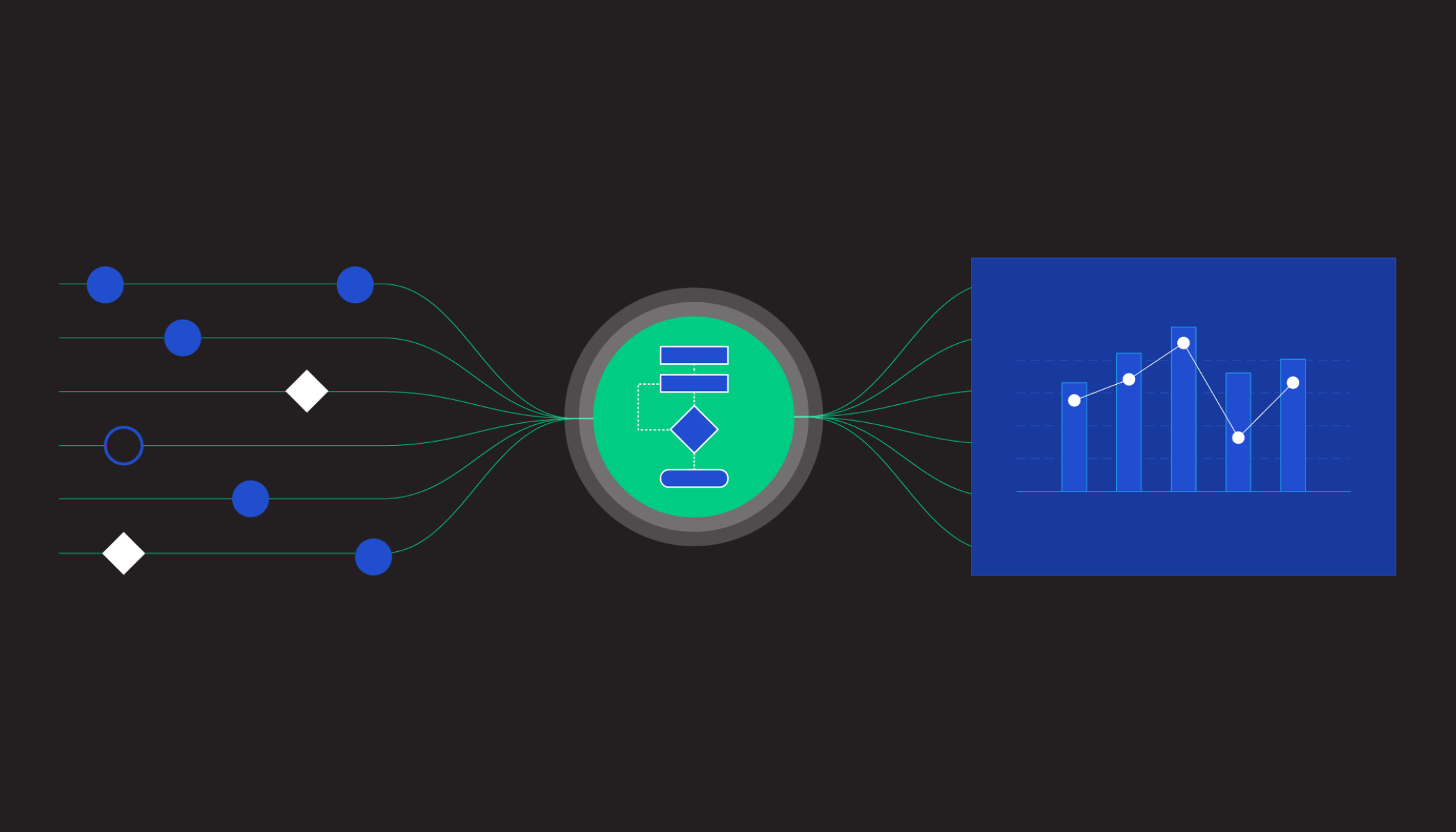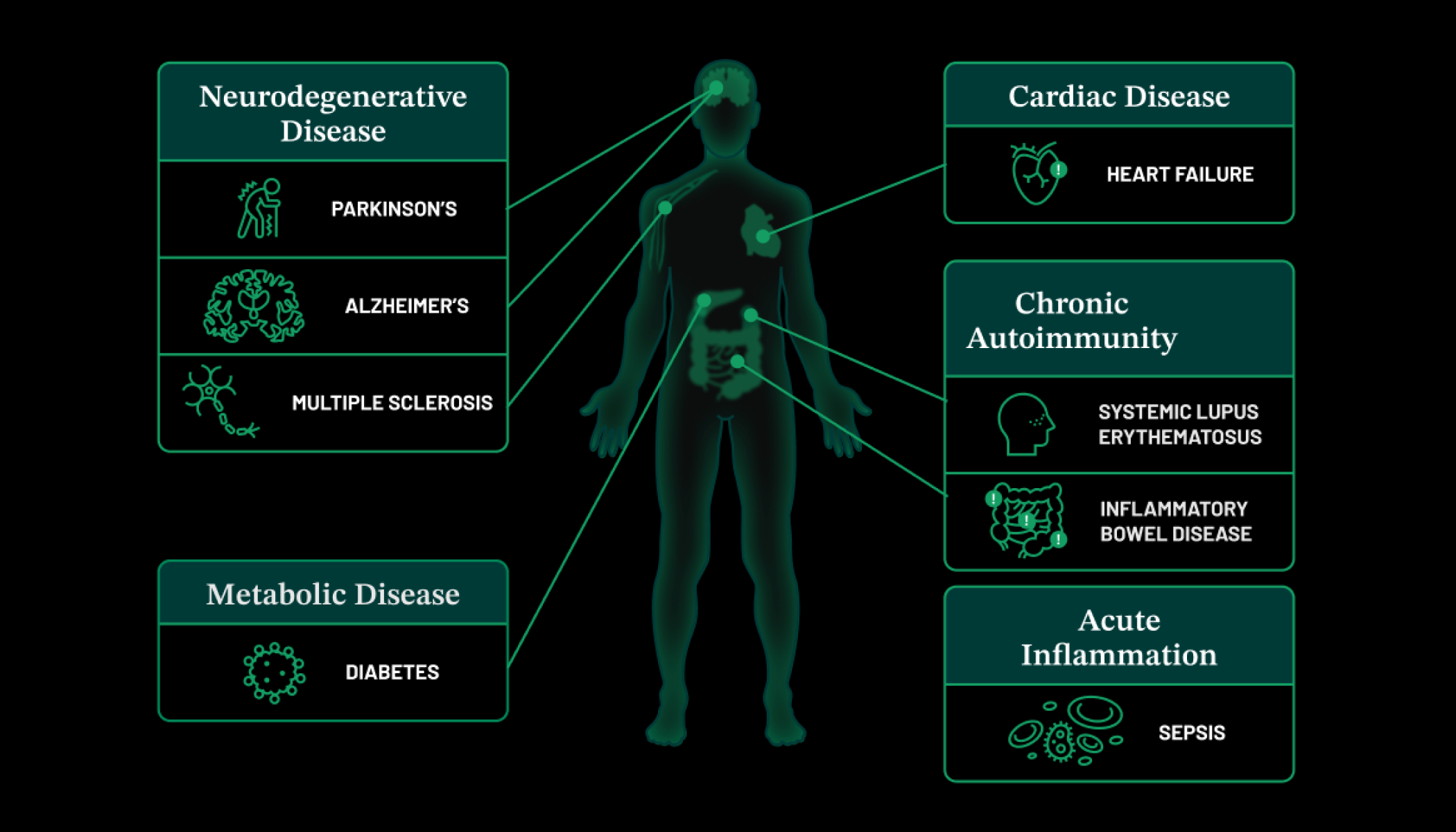Feb 8, 2023 · 2 min read
How Patients With Rare Diseases Are Accelerating Groundbreaking Research for Their Communities
CZI’s Rare As One Network grant partners are driving scientific breakthroughs to fight for the lives of their loved ones.
Kim Nye spent a decade traveling the world seeking a diagnosis for her daughter, Tessa, who was having more than 100 seizures daily. When Kim gave birth to her son, Colton, he began having seizures shortly after birth, just like his sister.
By examining the DNA of Nye’s children, researchers were able to discover the cause of their disease. They became the first and second patients in the world ever diagnosed with SLC13A5 Epilepsy — a neurological disorder associated with the mutations in the SLC13A5 gene.
Since there was virtually nothing known about the disease, a year after her children’s diagnosis, Nye launched the TESS Research Foundation, a non-profit organization working to expedite research and diagnosis, identify new treatments, standardize management, and ultimately, cure SLC13A5 Epilepsy.
In just eight years, the Foundation has stood up a patient registry with 130 patients from around the world, hosted seven research conferences, facilitated the development of cell lines, disease models, and research that has paved the way for the development of a treatment for this disease.
Luke Rosen and Sally Jackson’s daughter, Susannah, was 2 years old when she was diagnosed with KIF1A Associated Neurological Disorder, a newly discovered disease. This severe neurodegenerative disorder is caused by mutations in KIF1A, a molecular motor protein vital to brain function.
Driven to find a cure, Rosen founded KIF1A.ORG with a patient community of 10 — including his daughter — and only a few interested researchers.
Recognizing the need to create a more robust community, KIF1A.ORG set its sights on building an army of patients and scientists that today includes more than 100 patients, researchers and clinicians working together to alter the trajectory of this disease.
Along the way, the Rosen family and pediatric geneticist Dr. Wendy Chung partnered with the n-Lorem Foundation to develop an antisense oligonucleotide therapy, a treatment designed to target the underlying cause of Susannah’s condition. Susannah received the first and second treatment in late 2022.
Rare diseases impact more than 300 million people globally — 50% of those people are children. At CZI, we believe that centering patients and their families in conversations about research and funding is critical for advancing the pace and progress toward treatments and cures.
Watch the video above to hear stories of progress from TESS Research Foundation and KIF1A.ORG.





